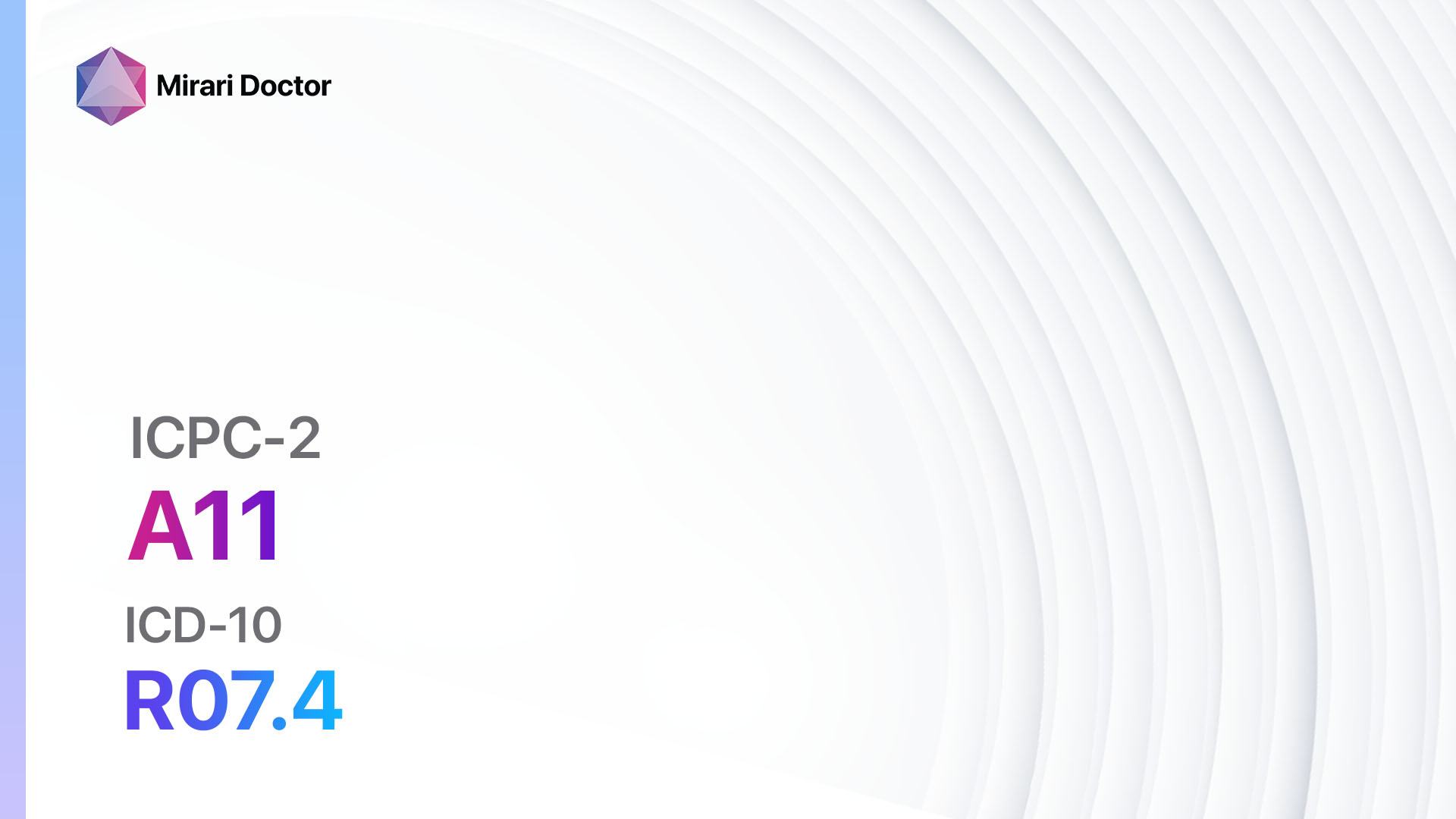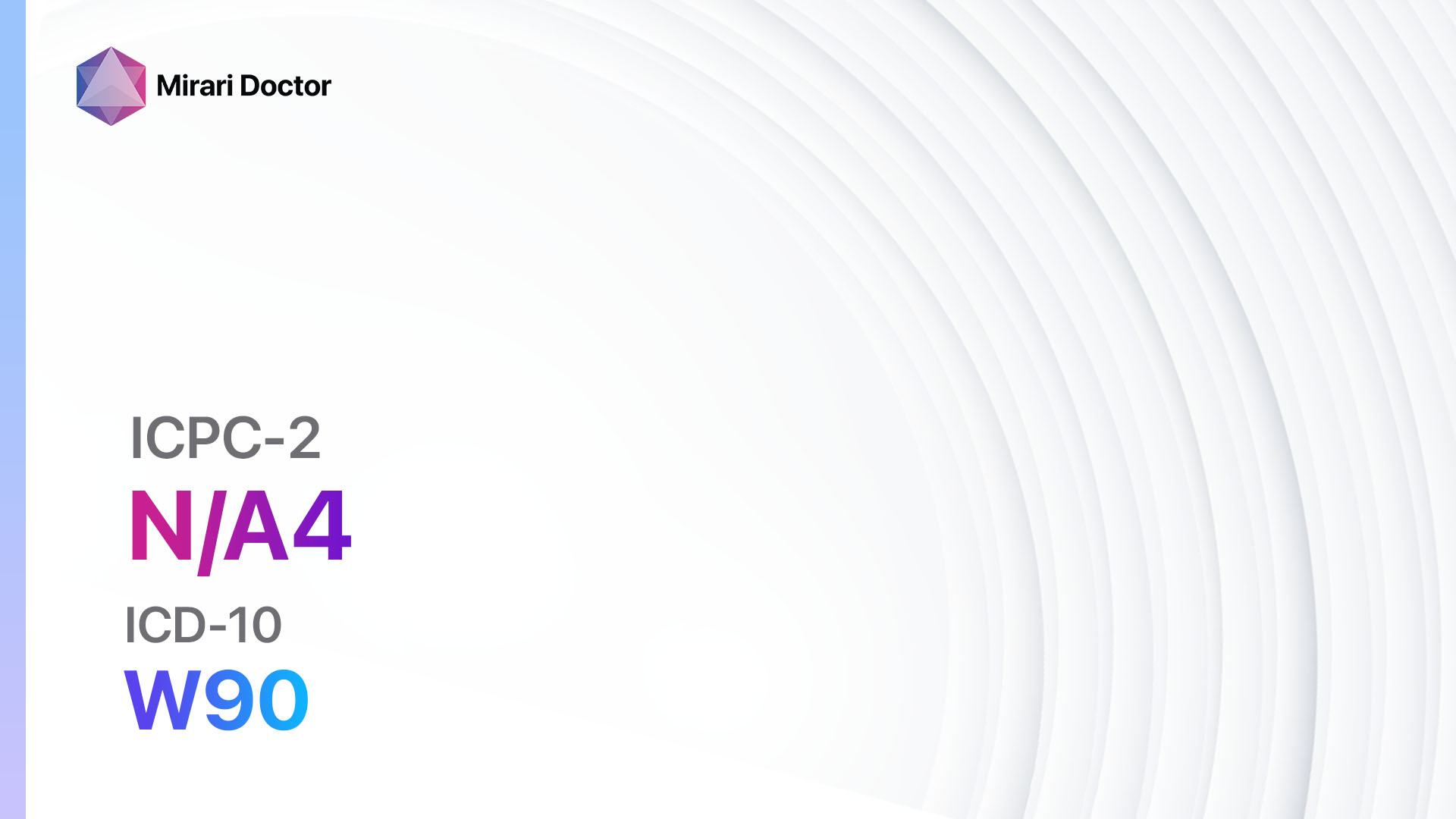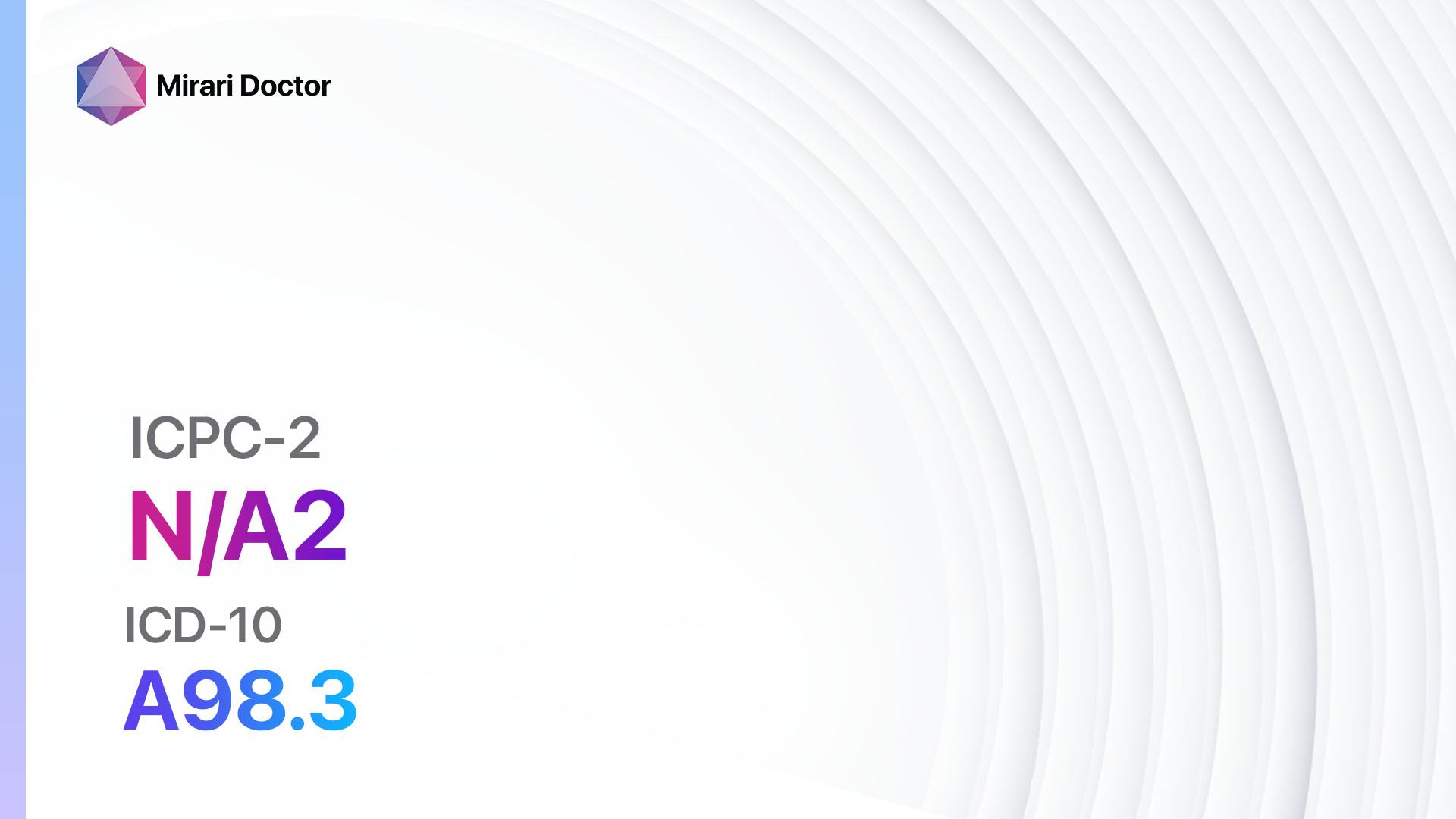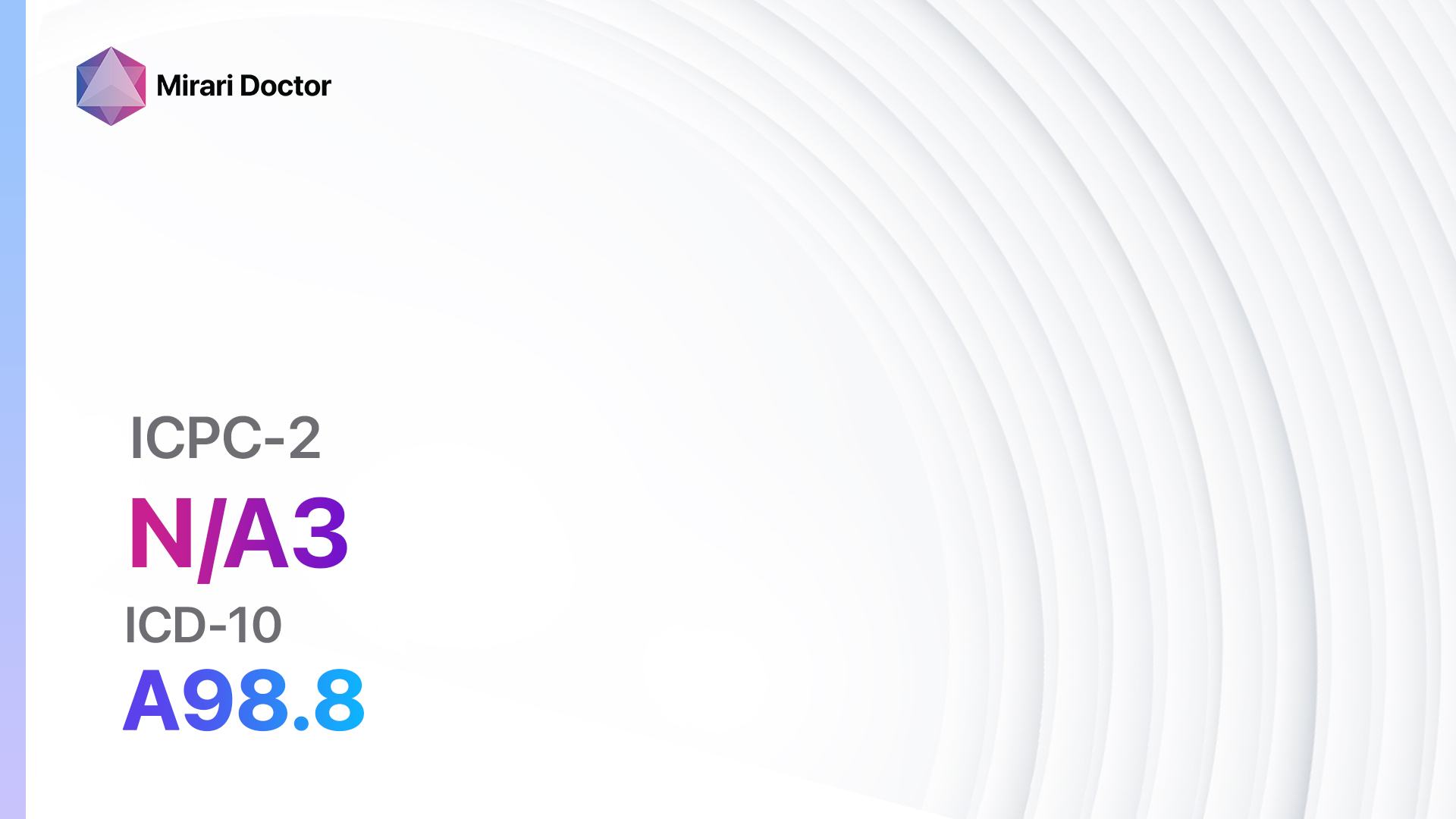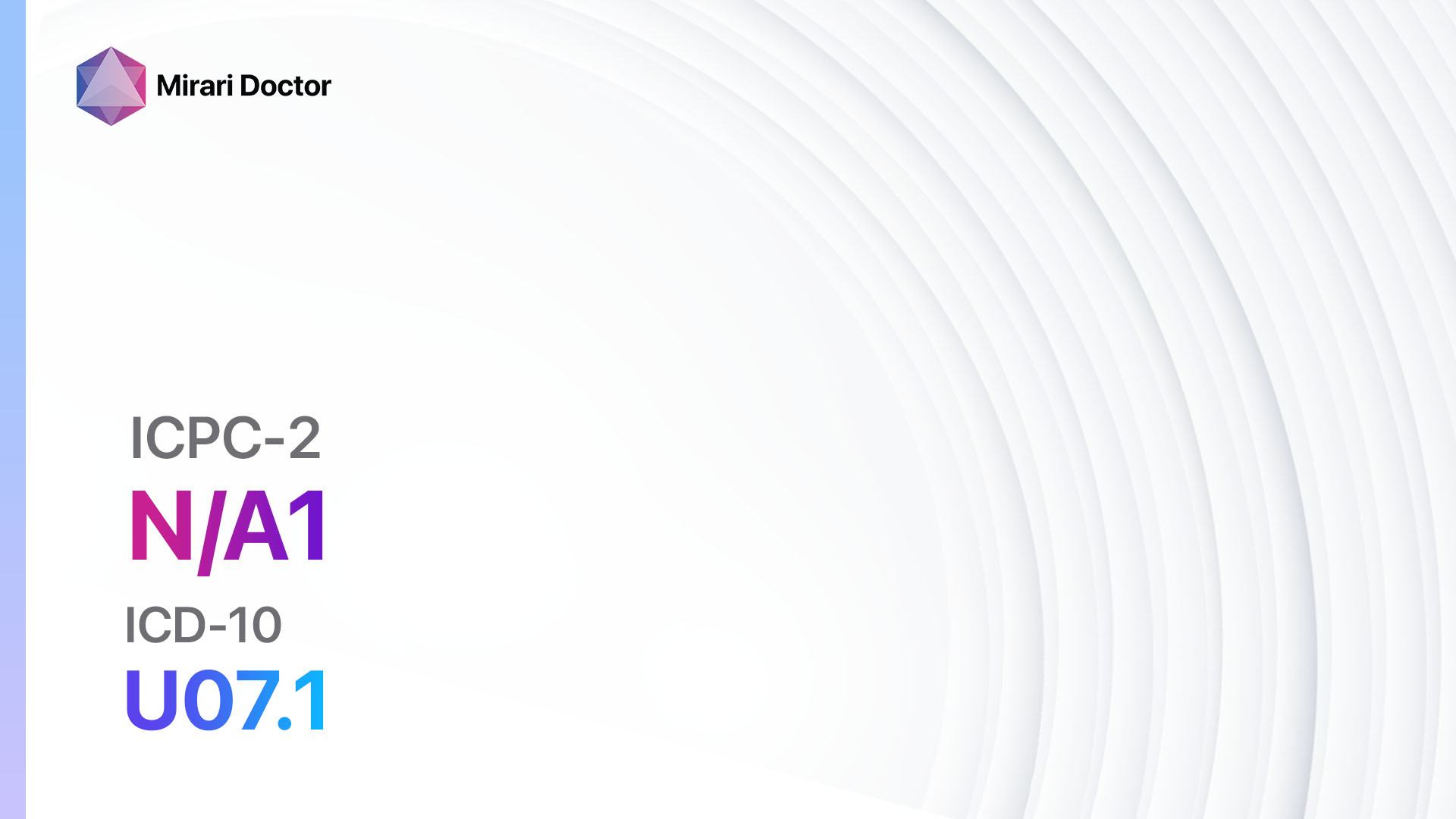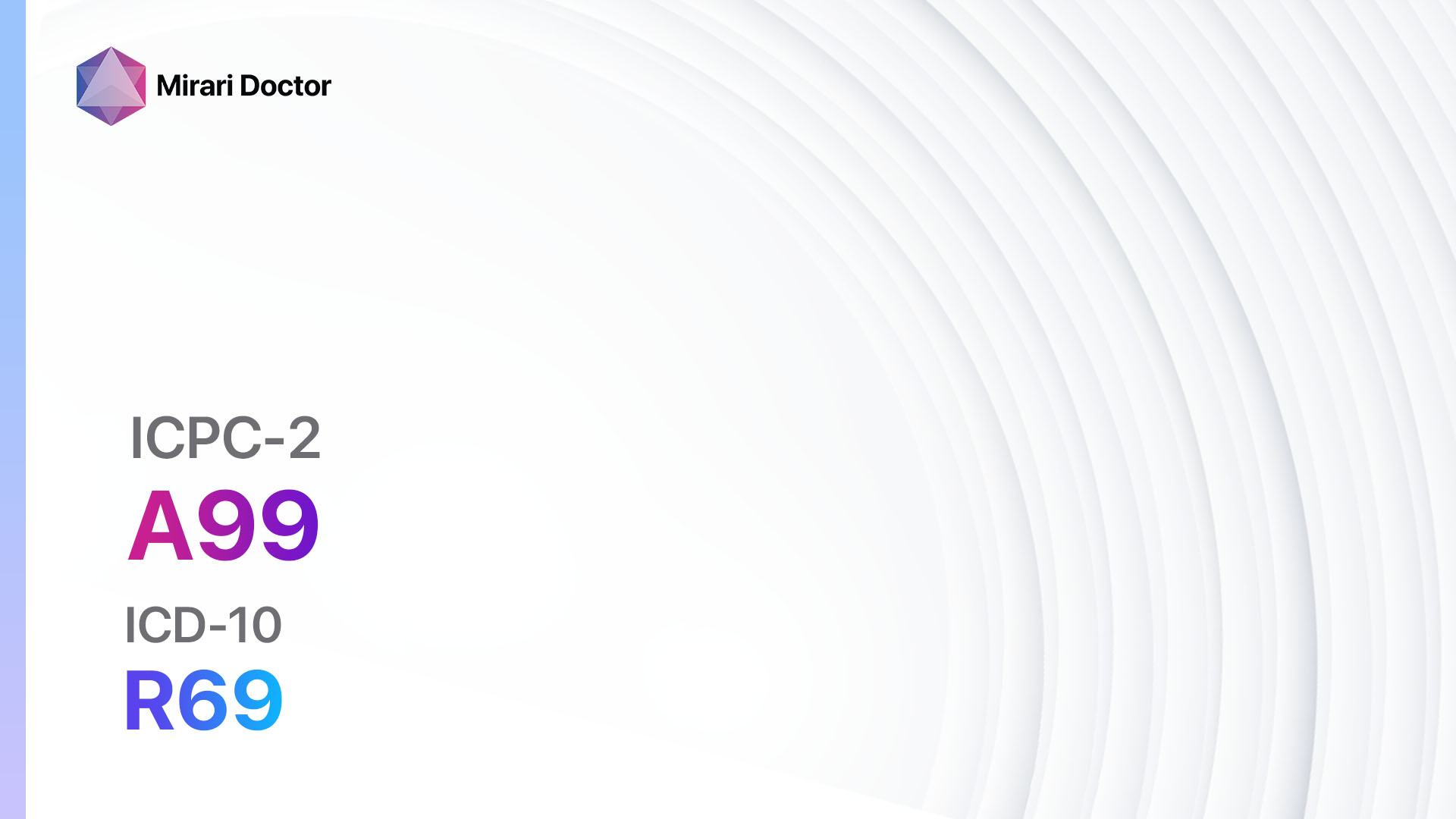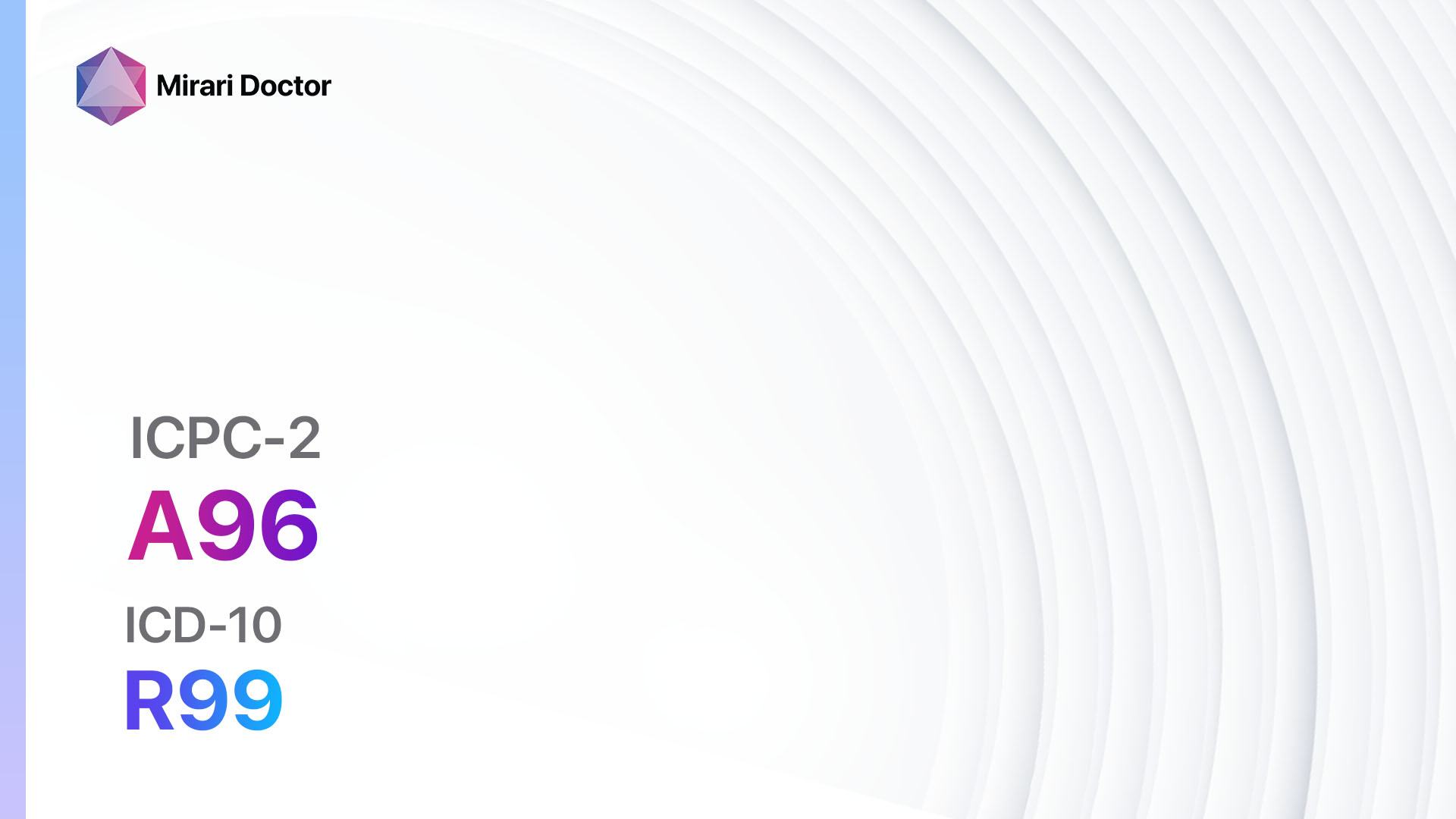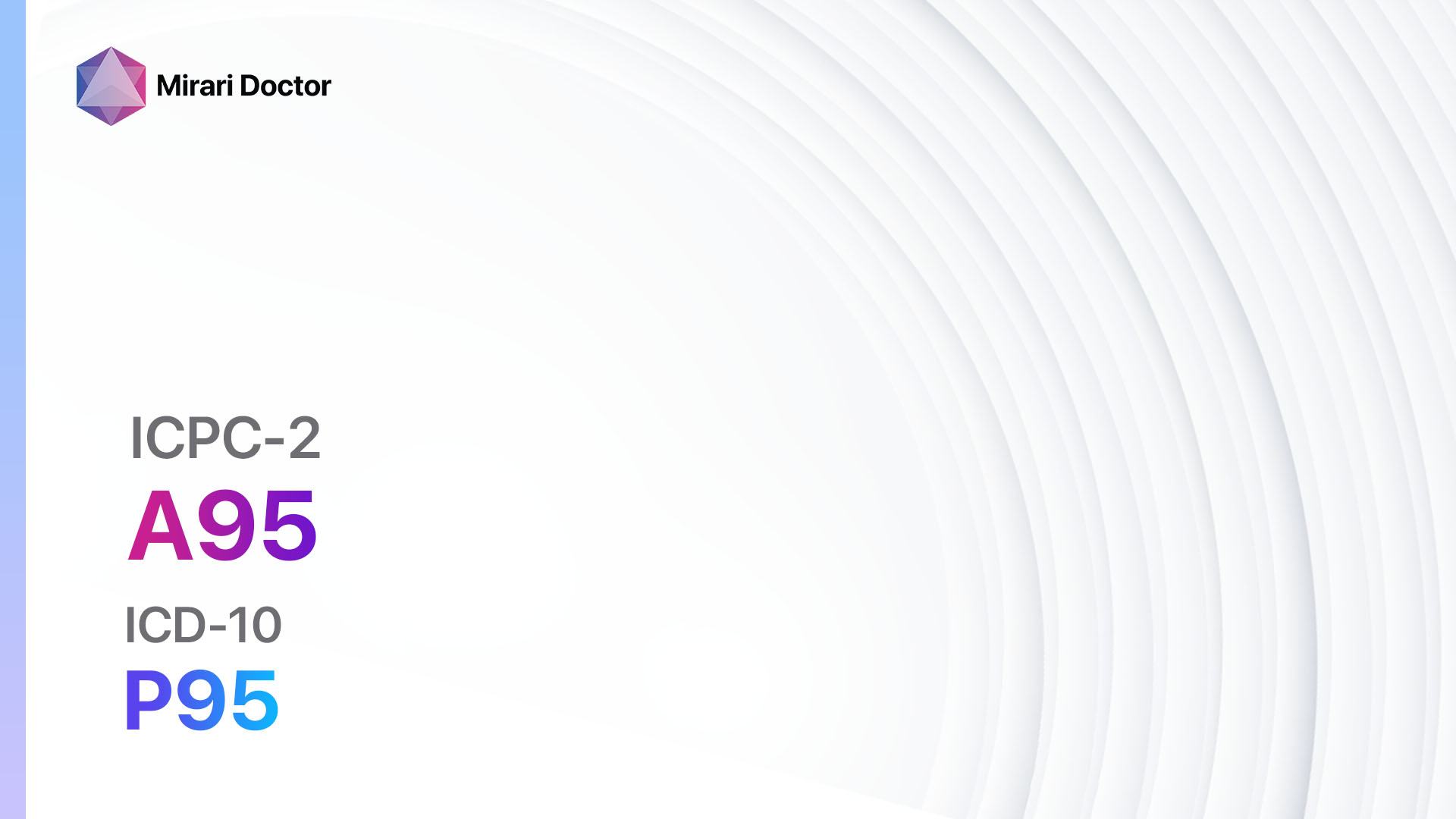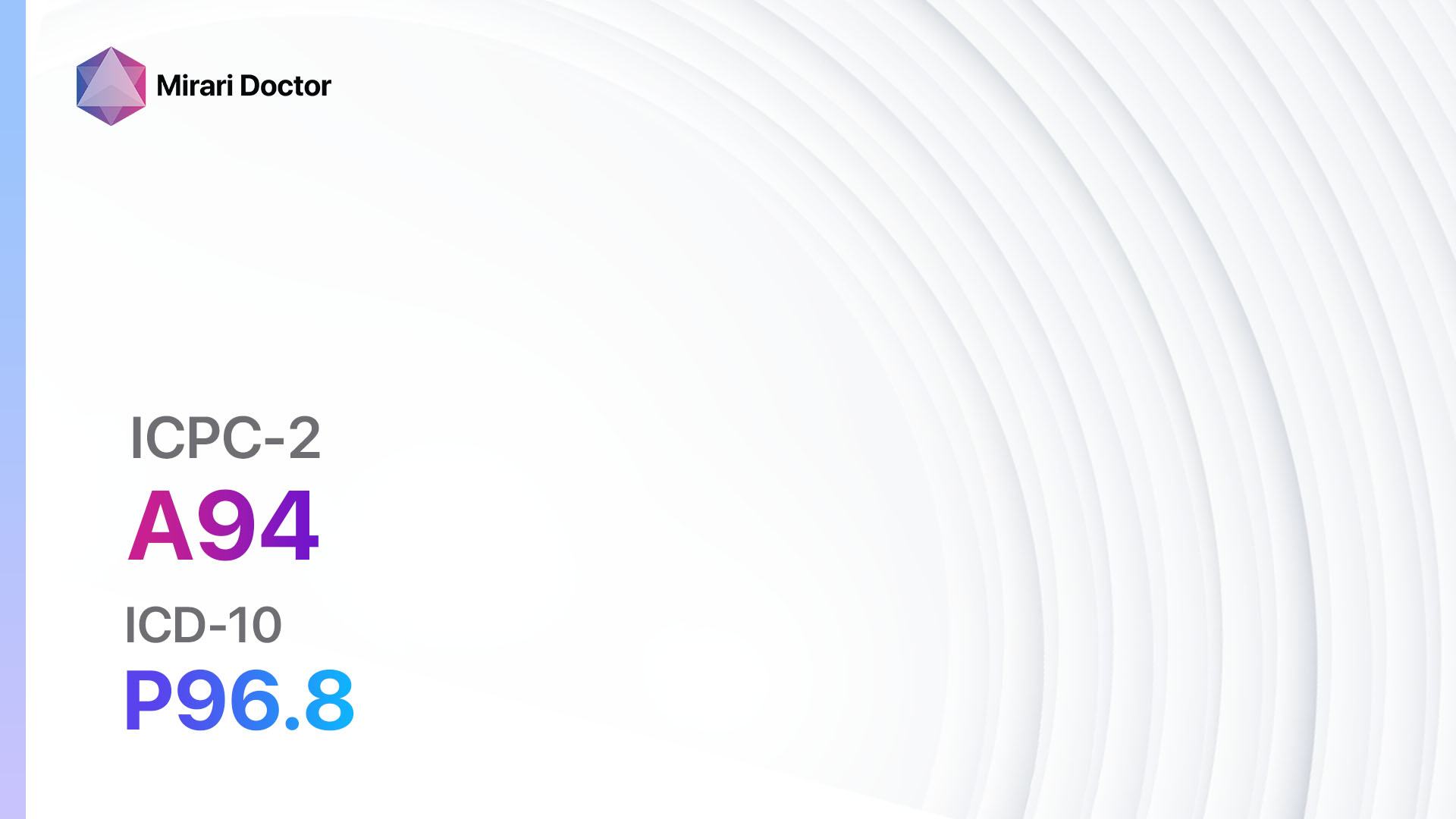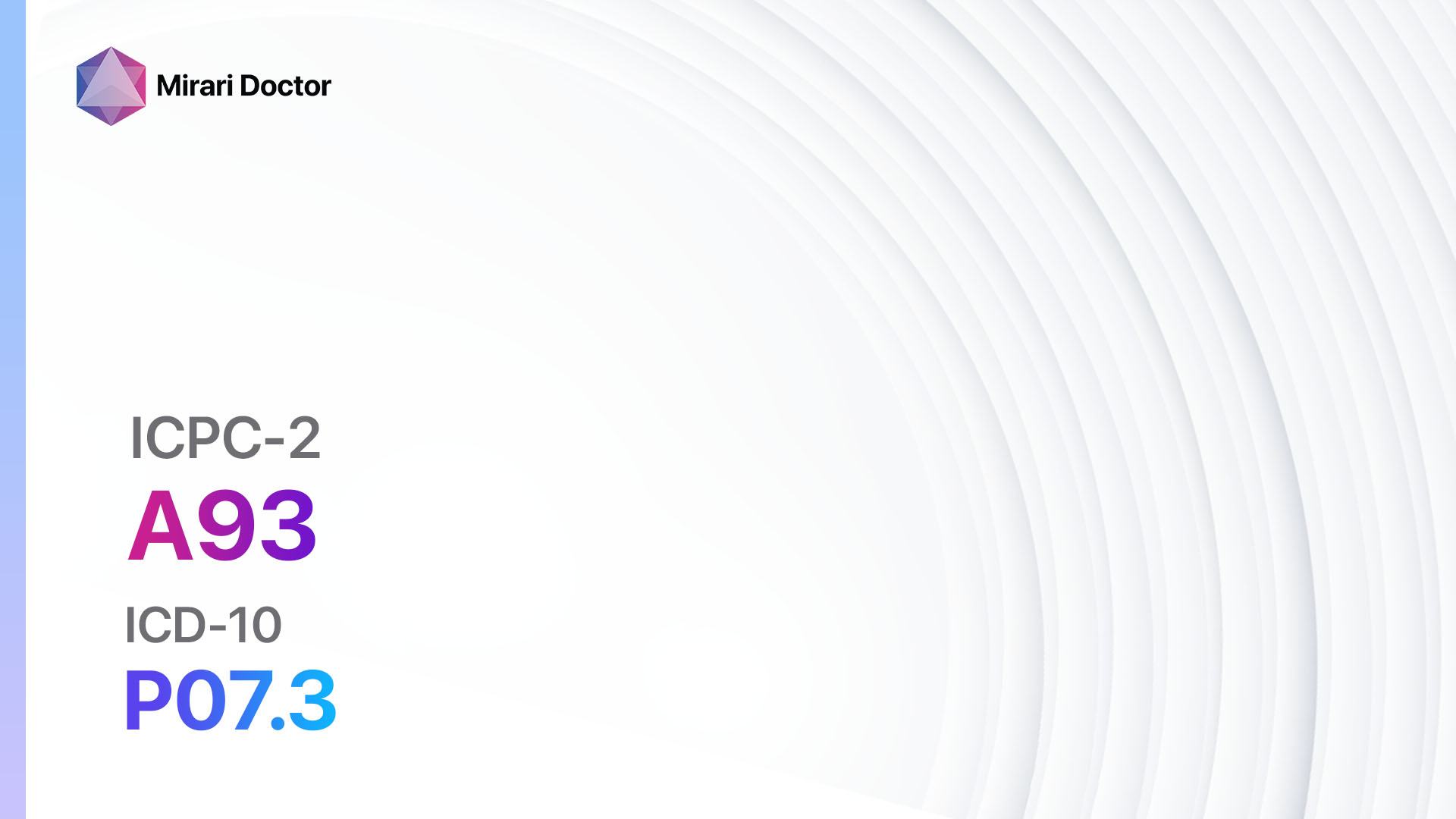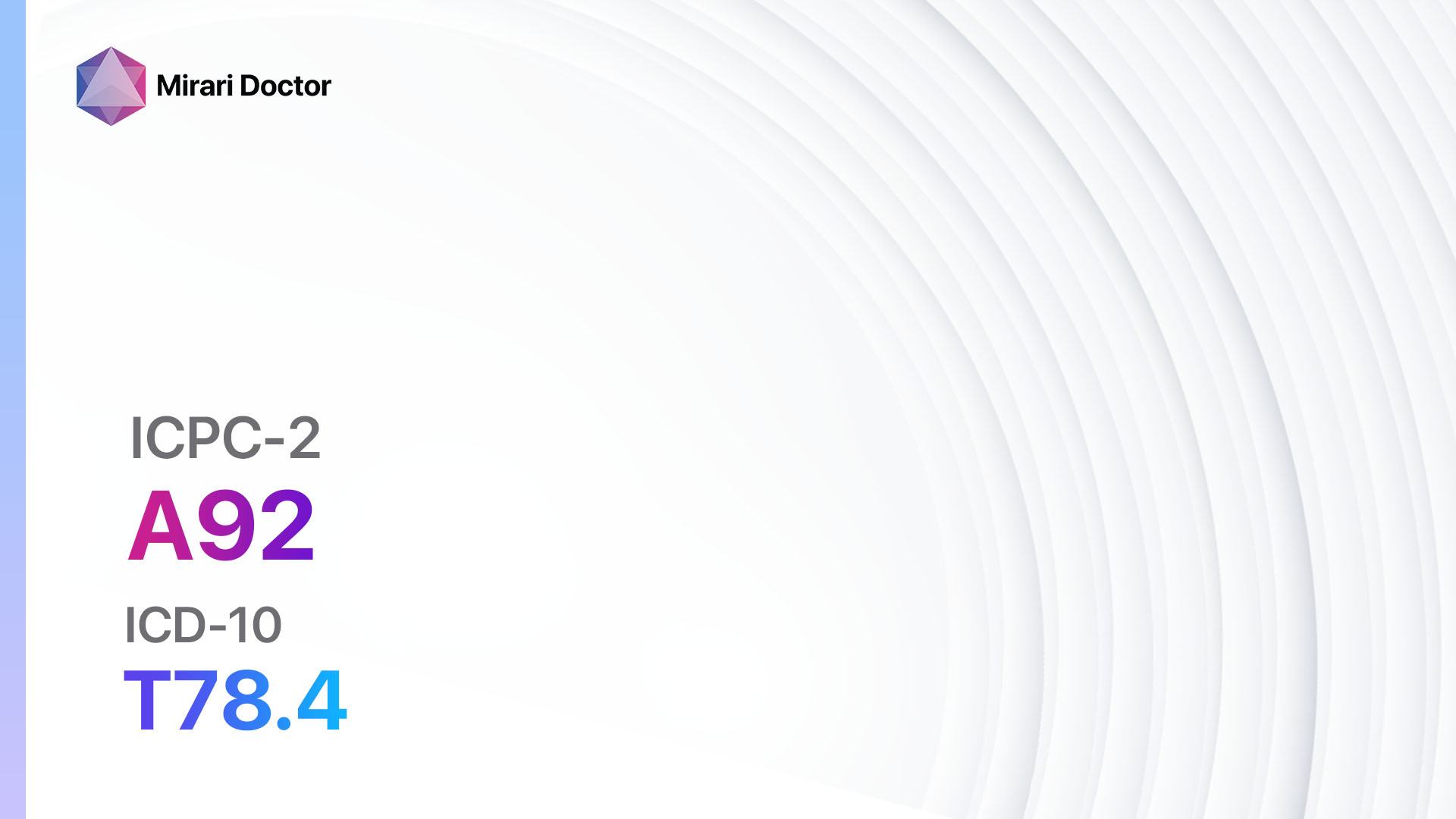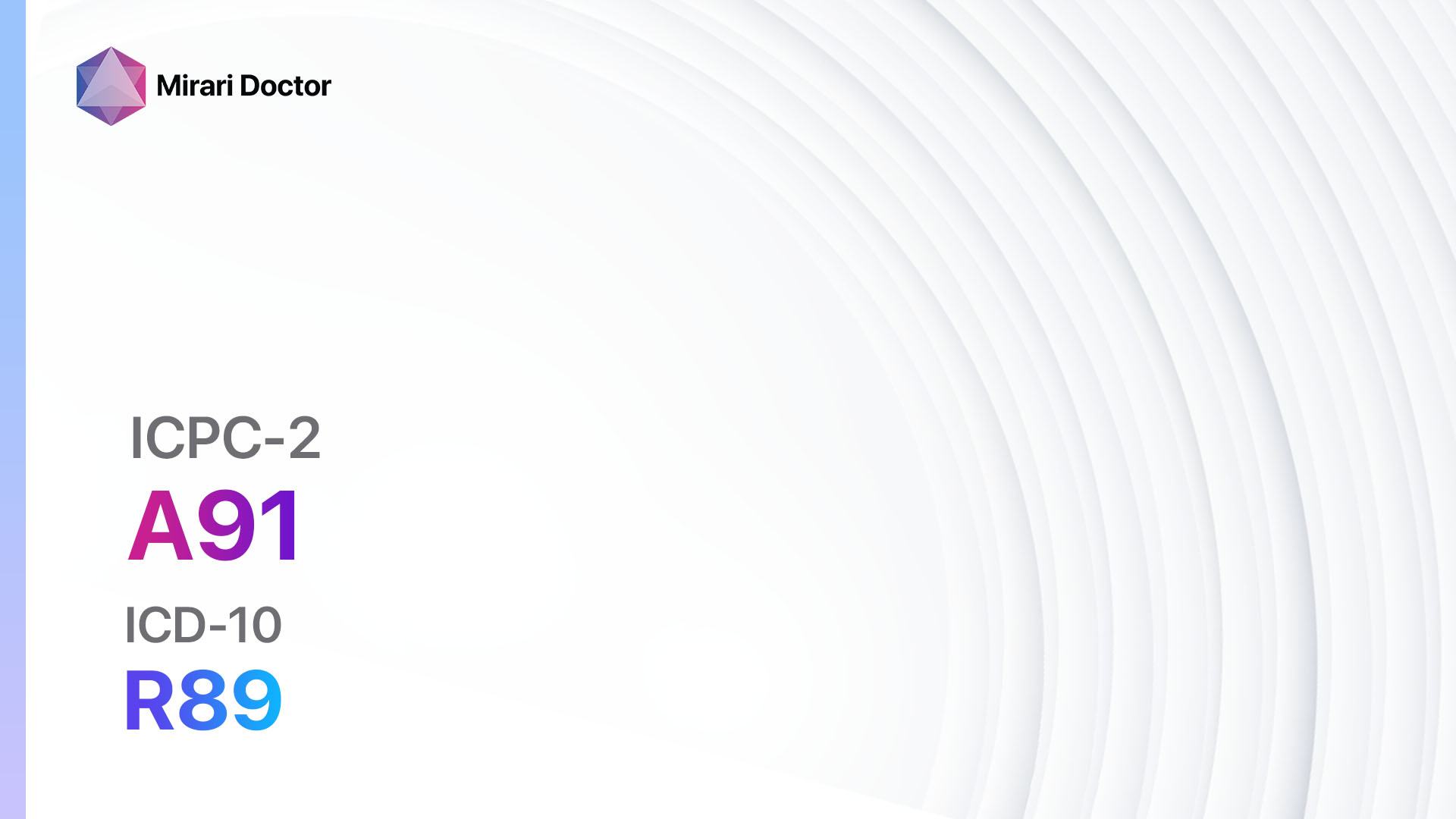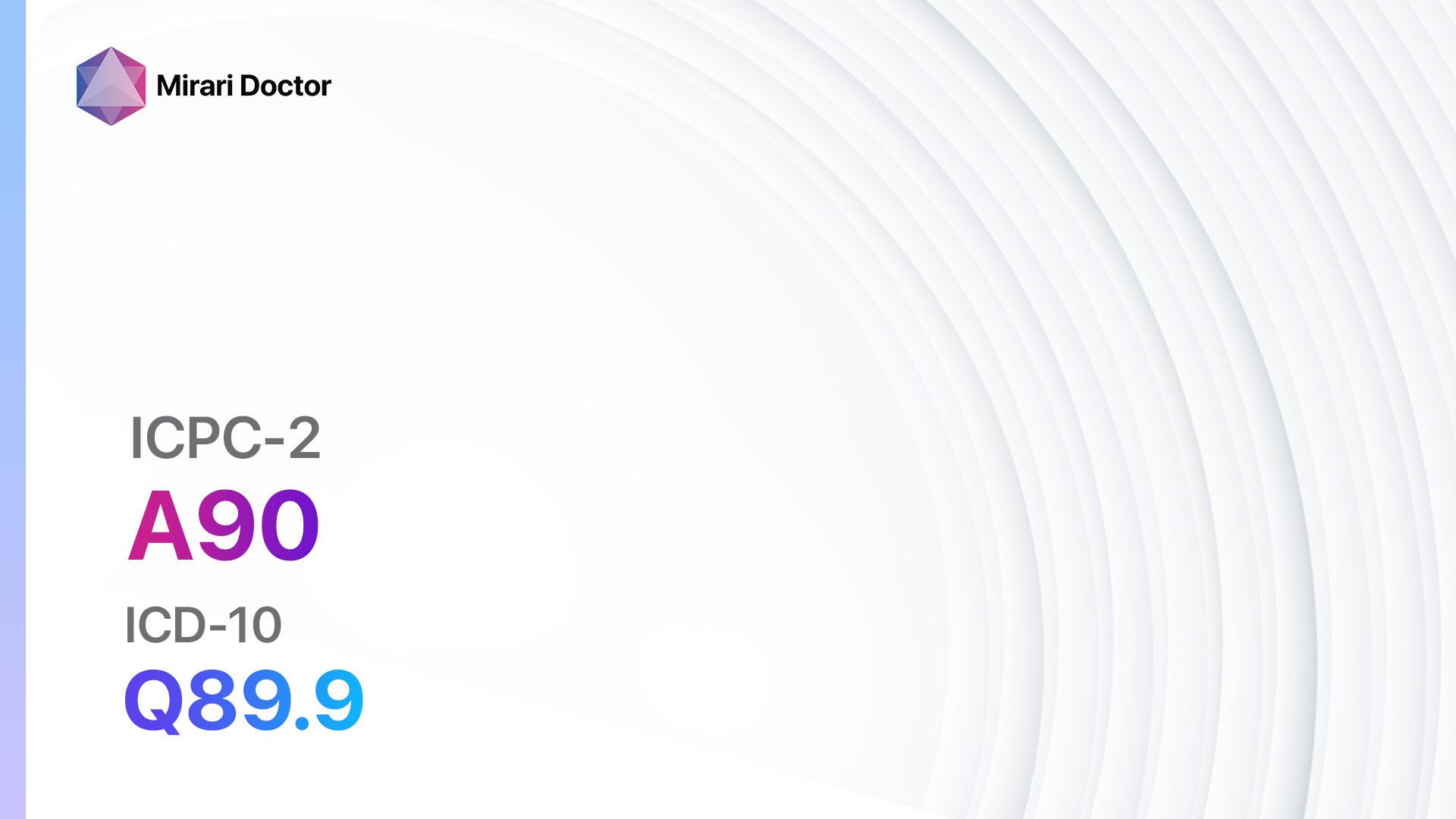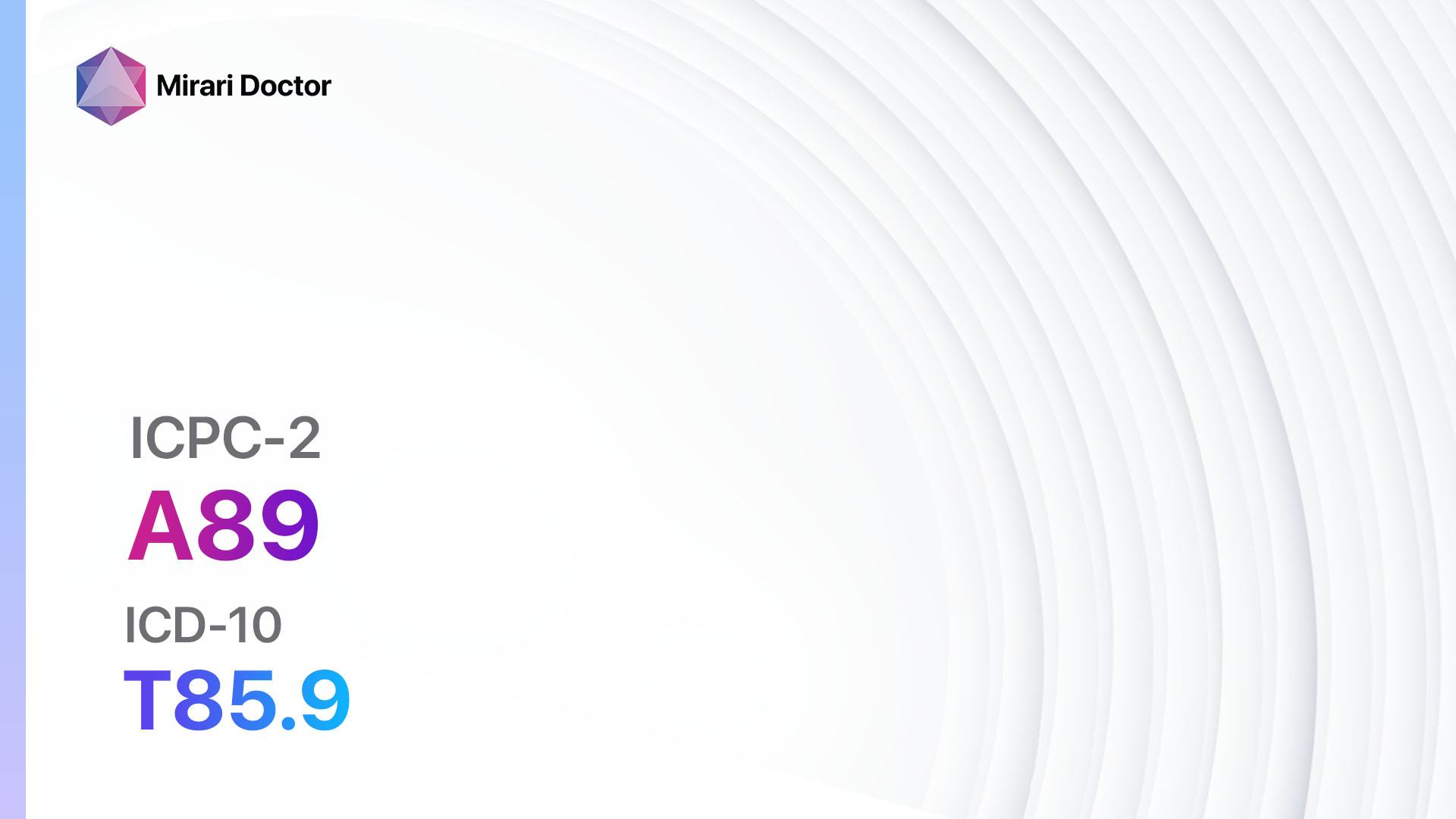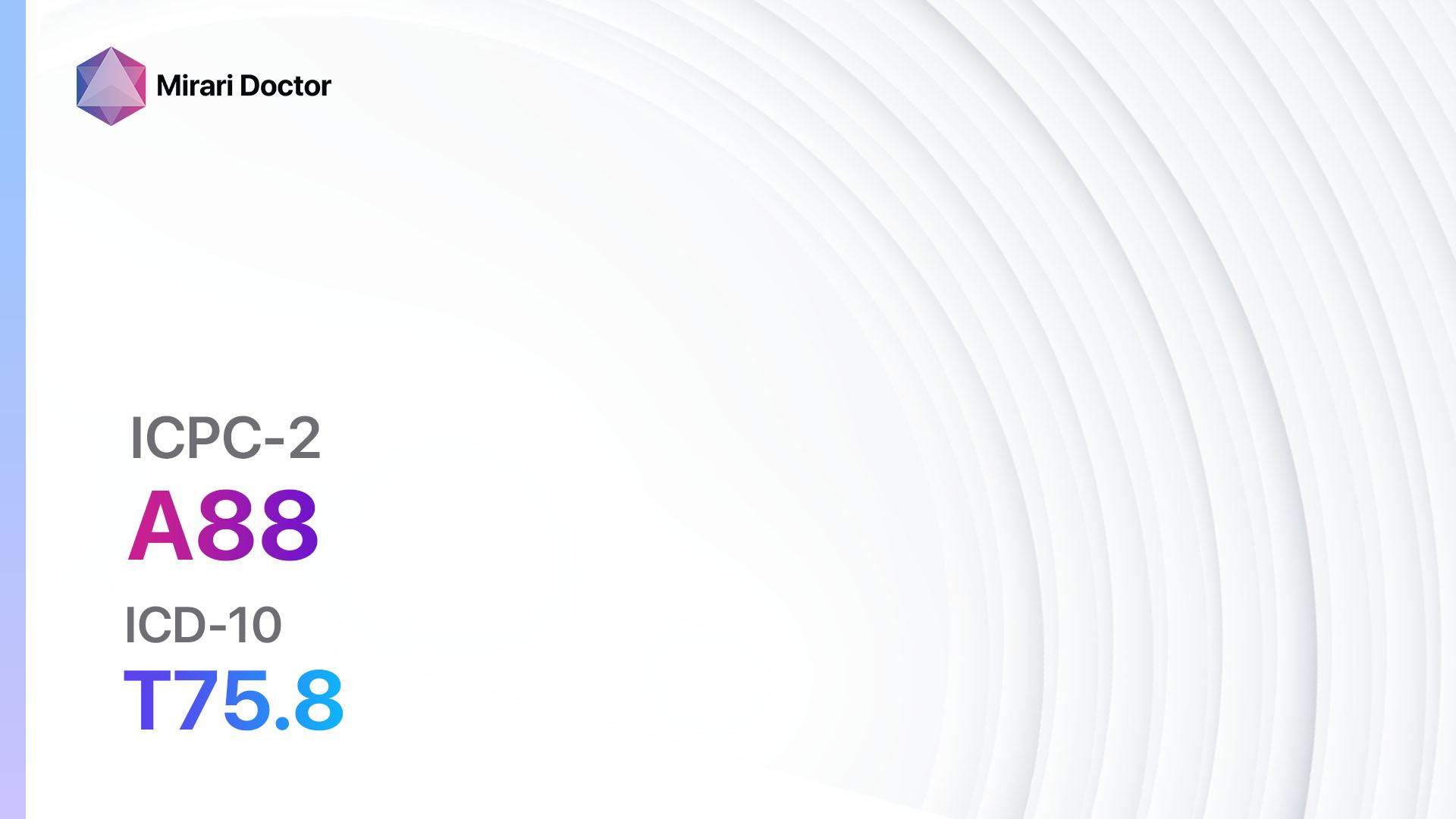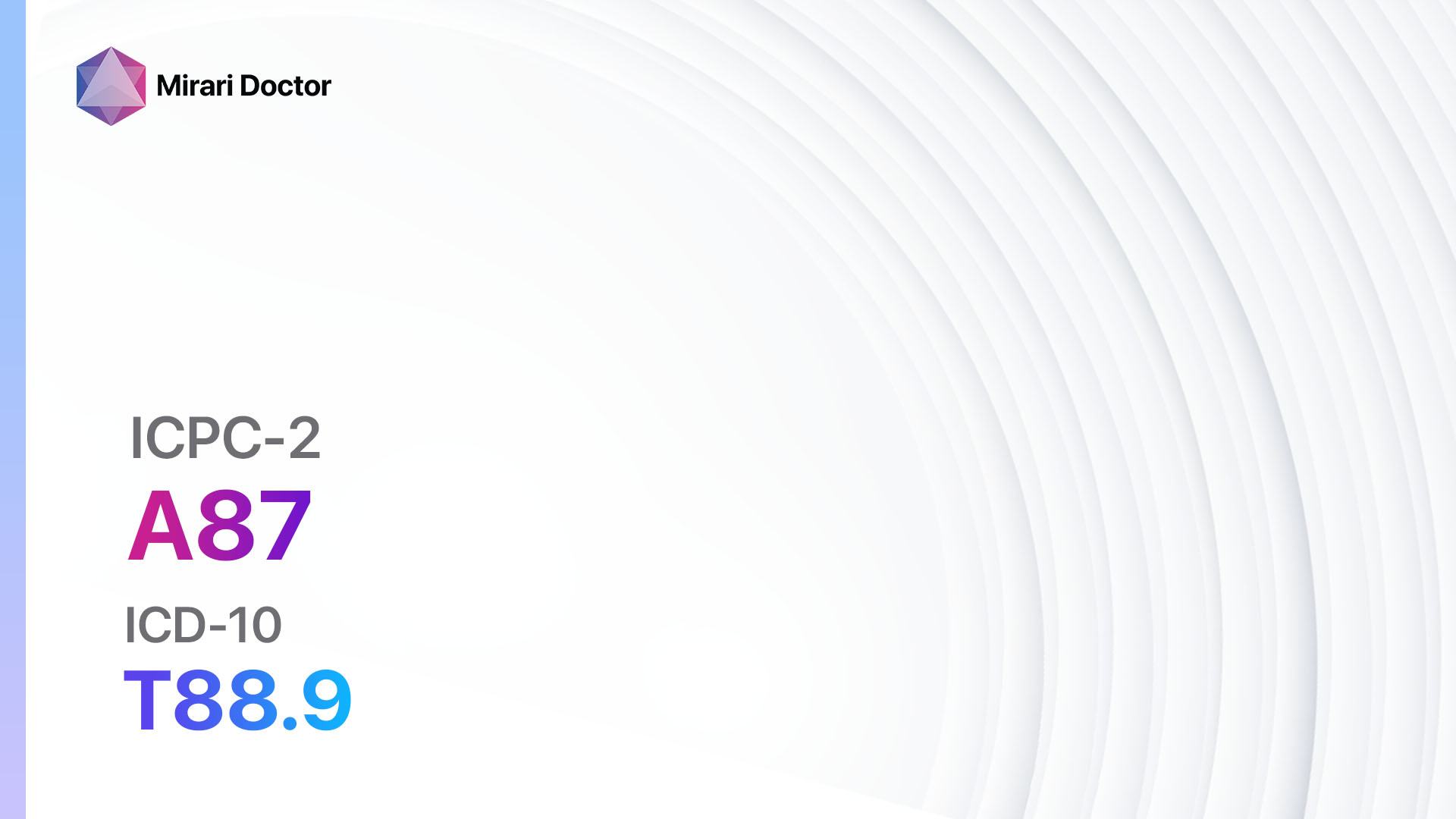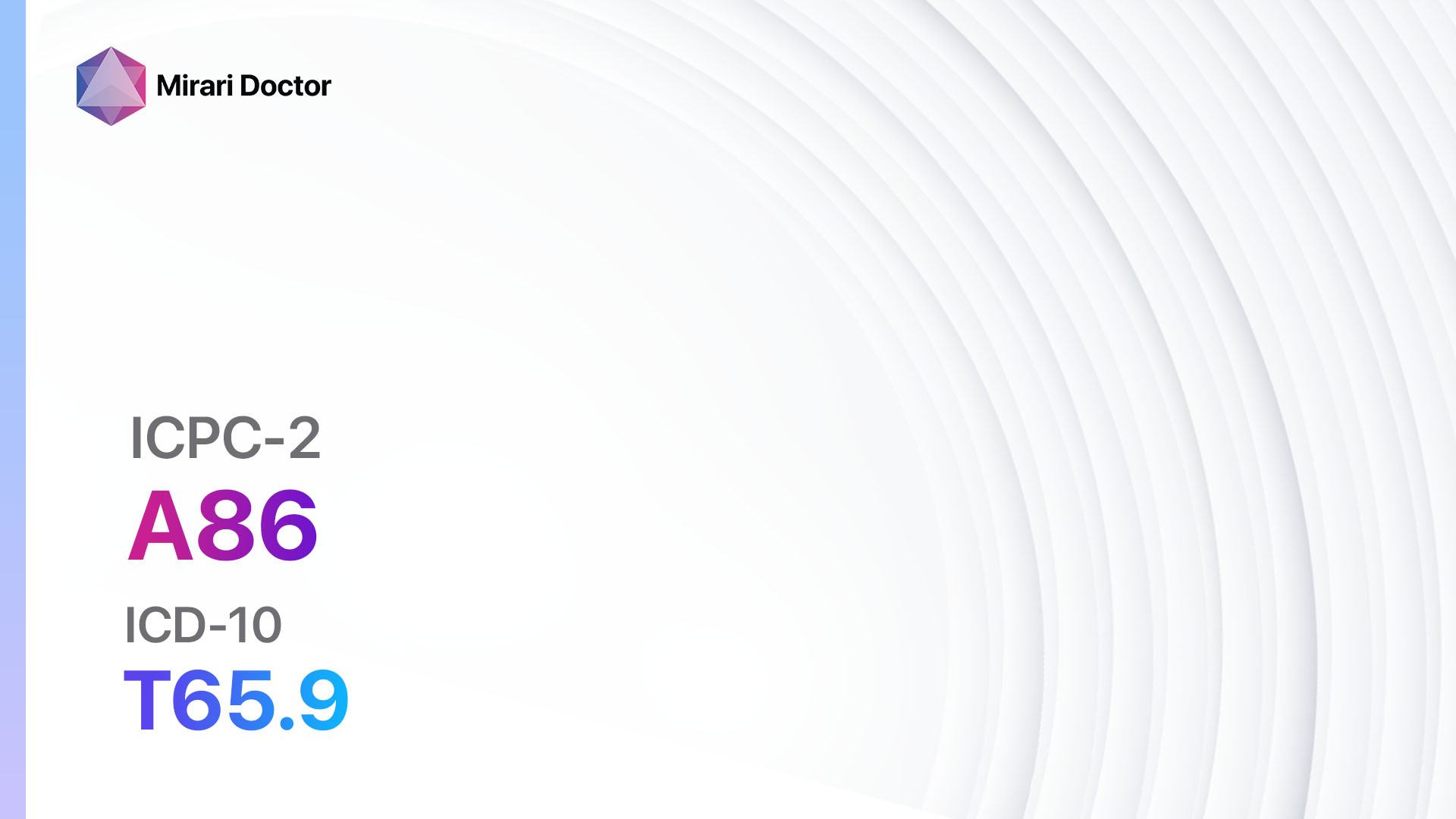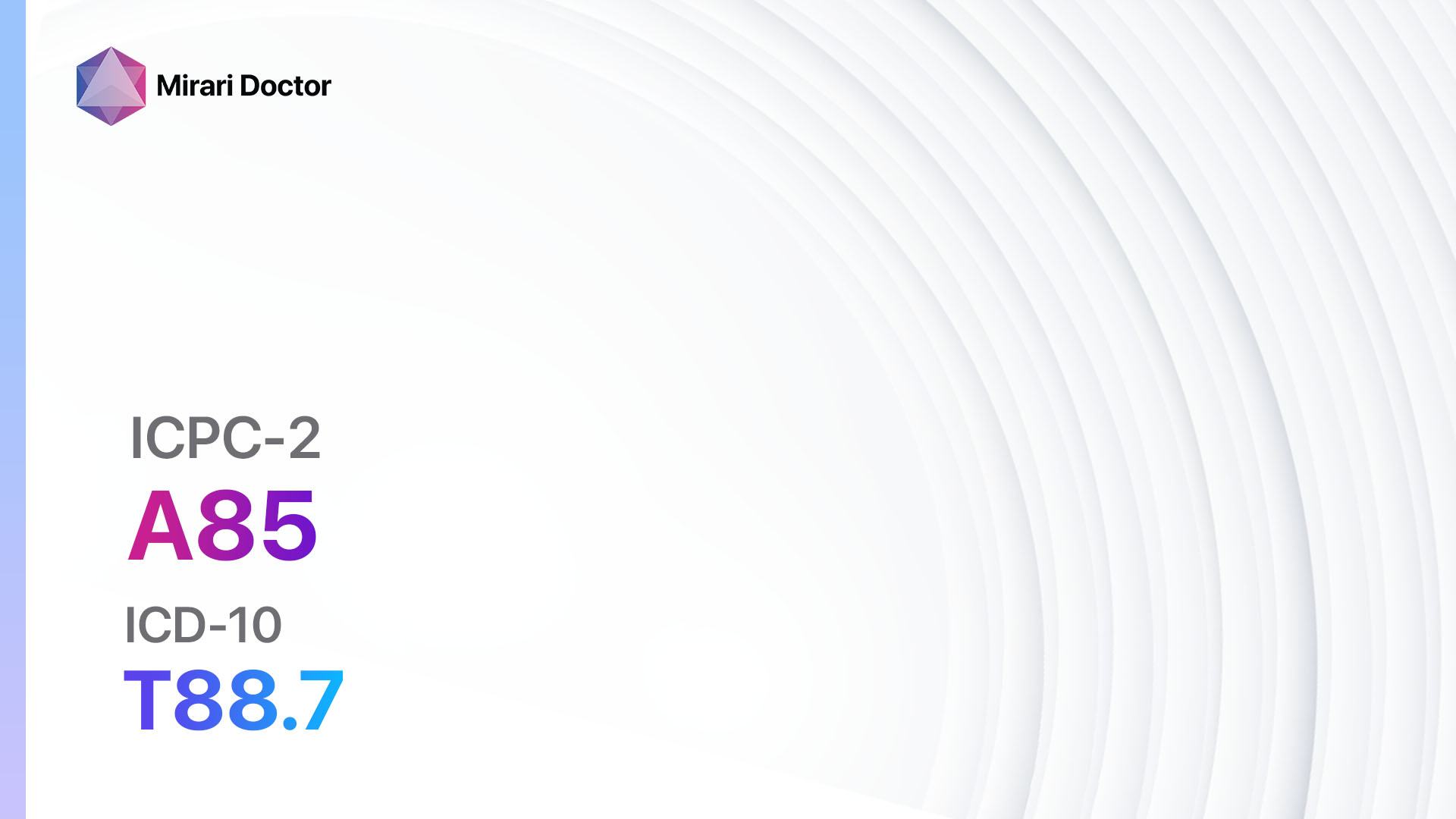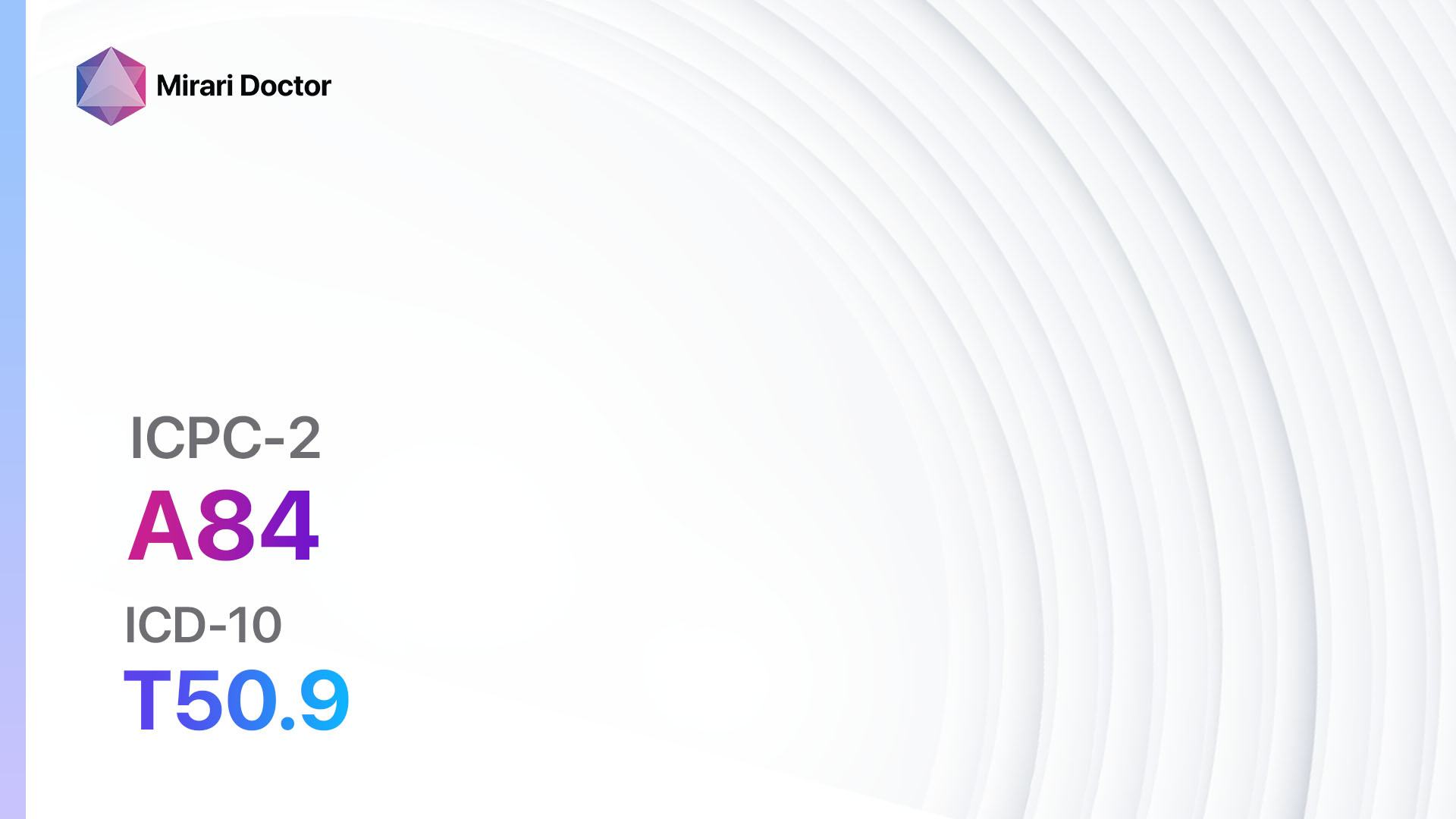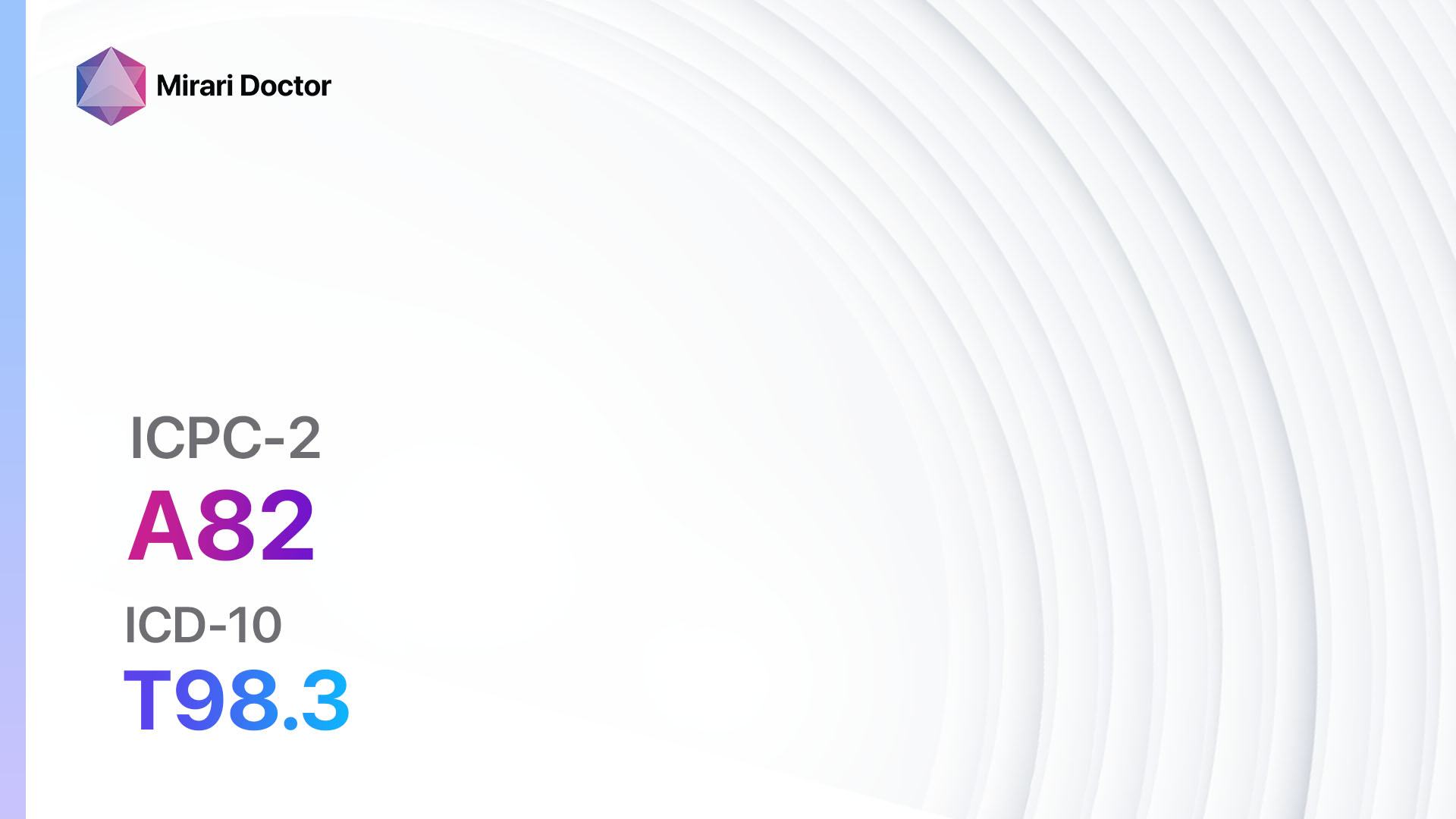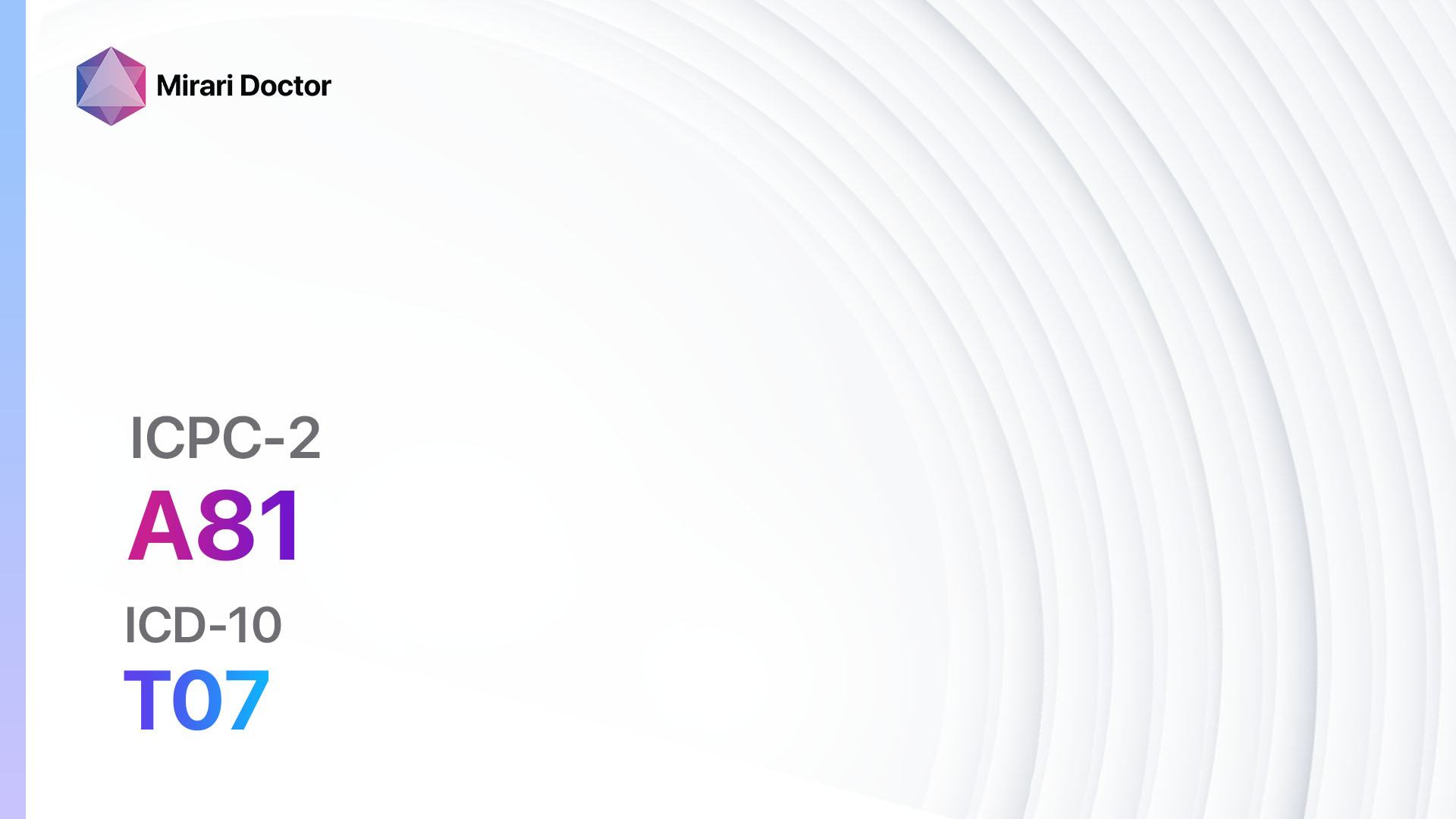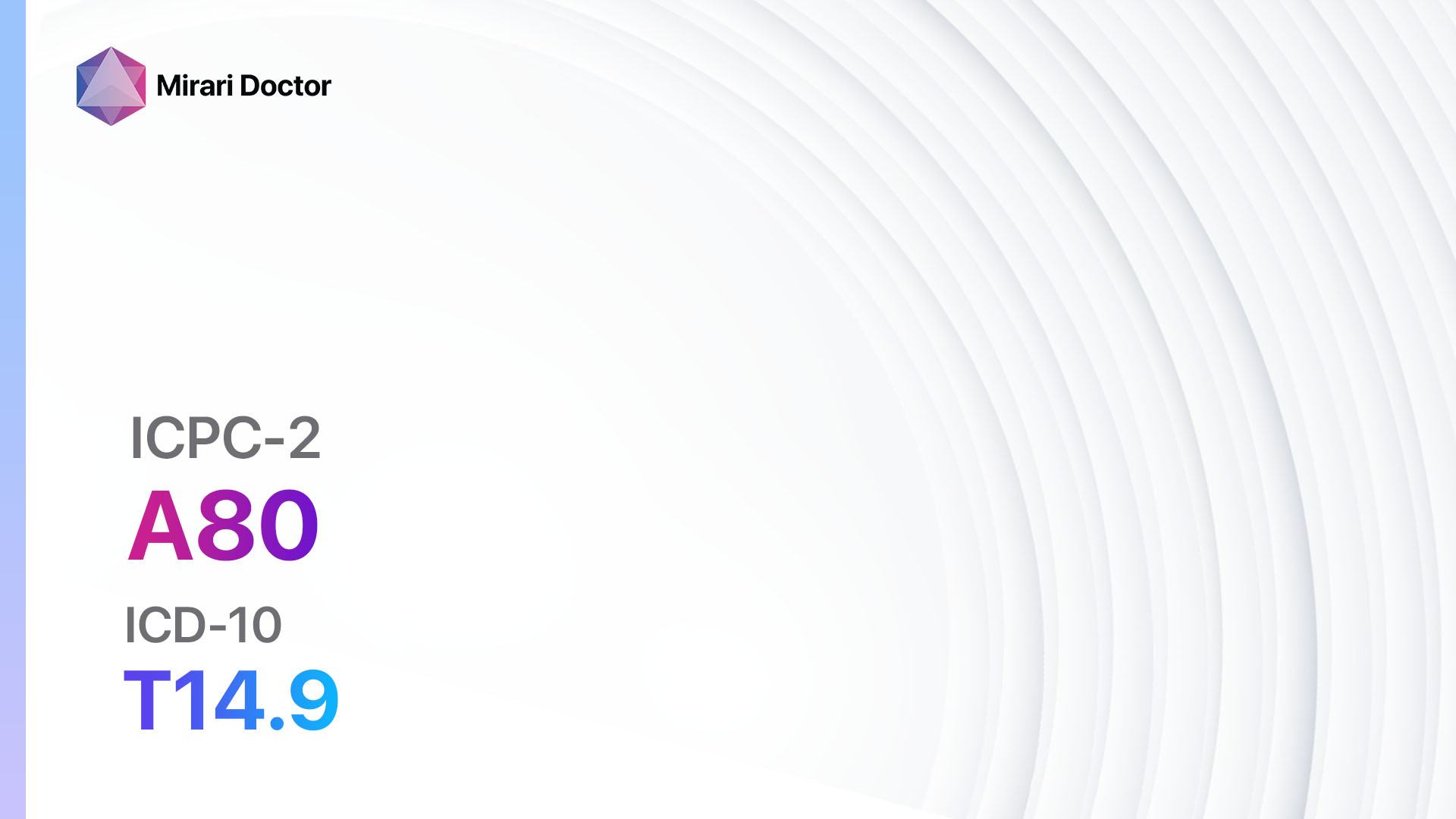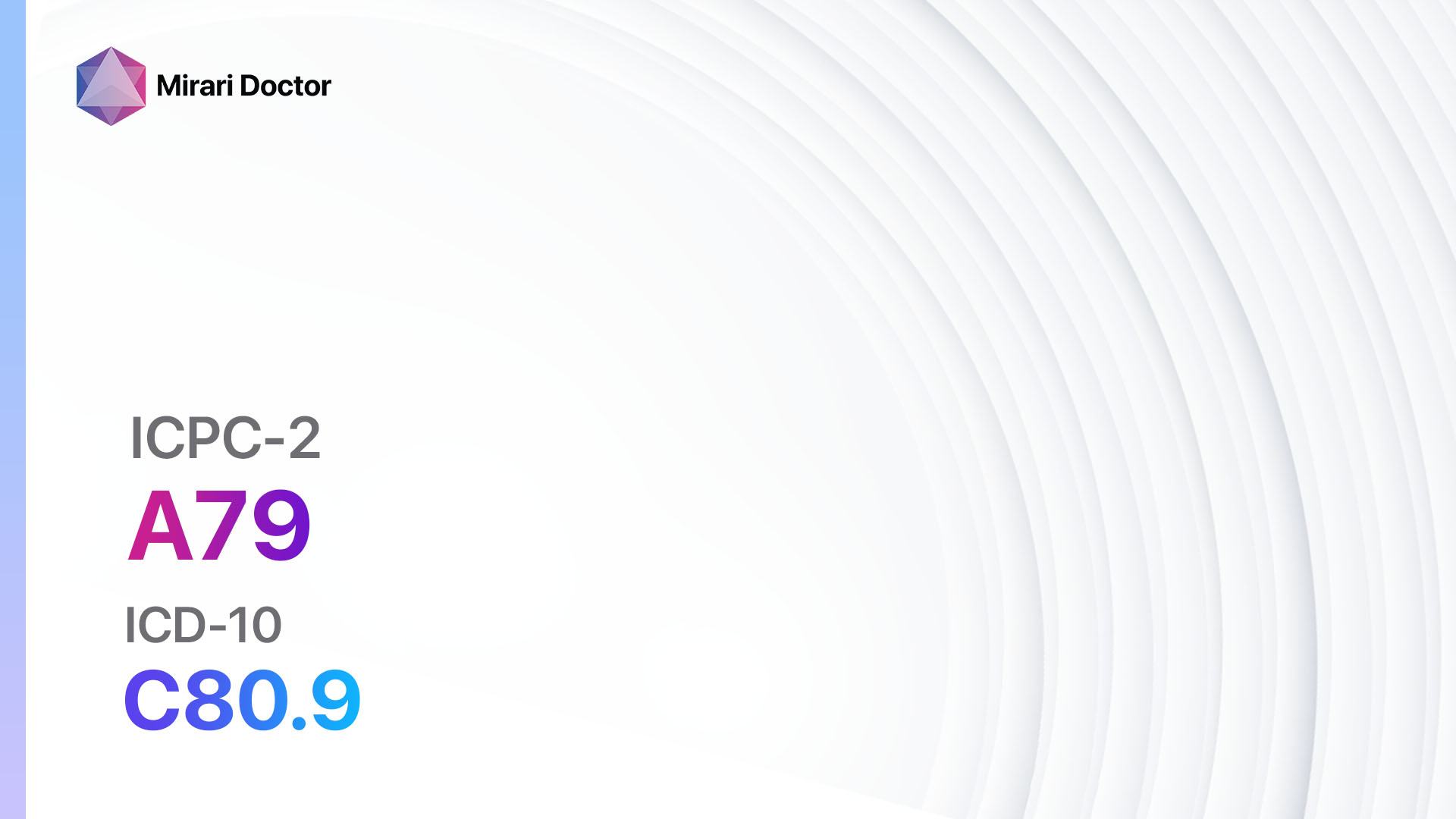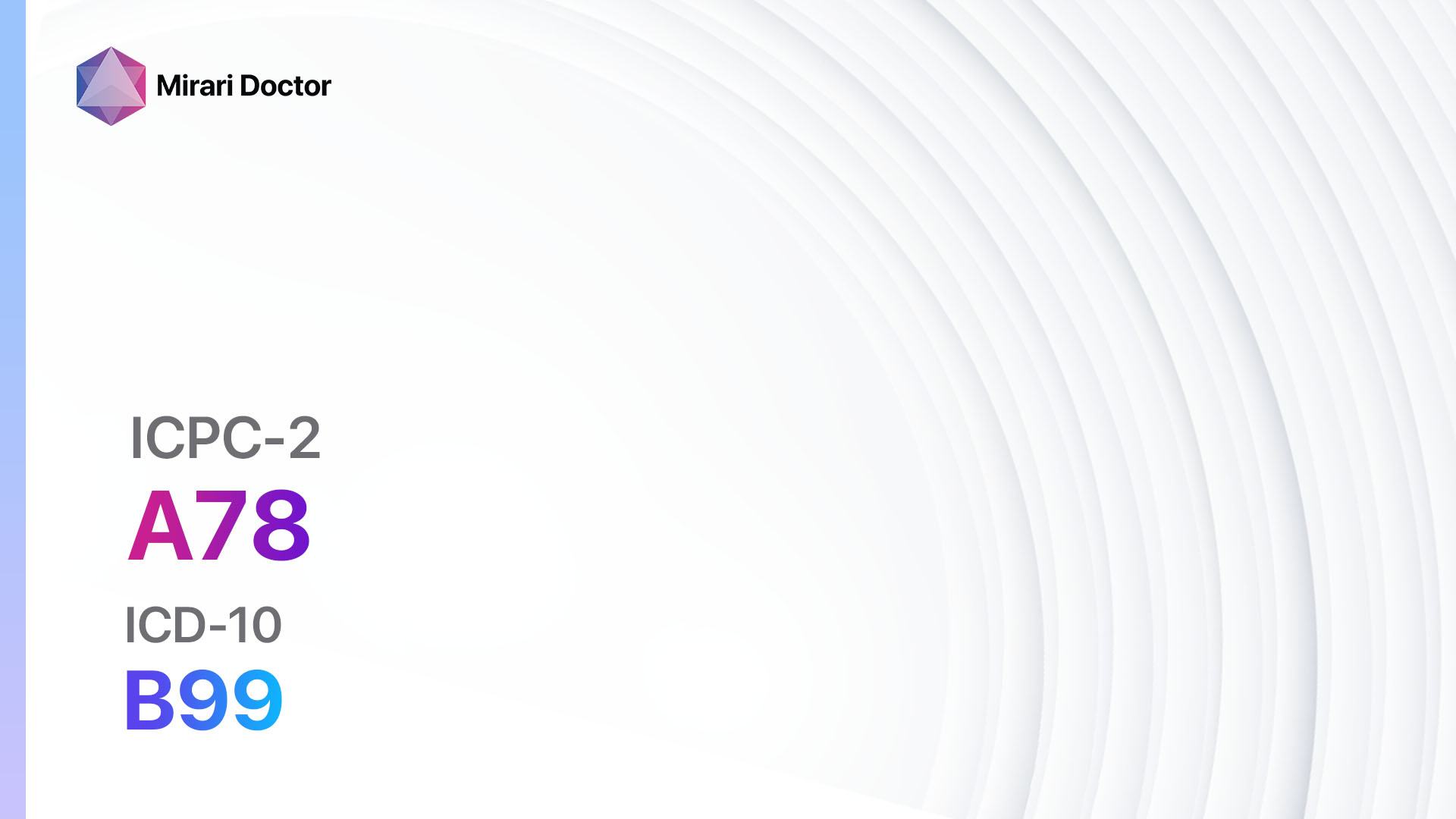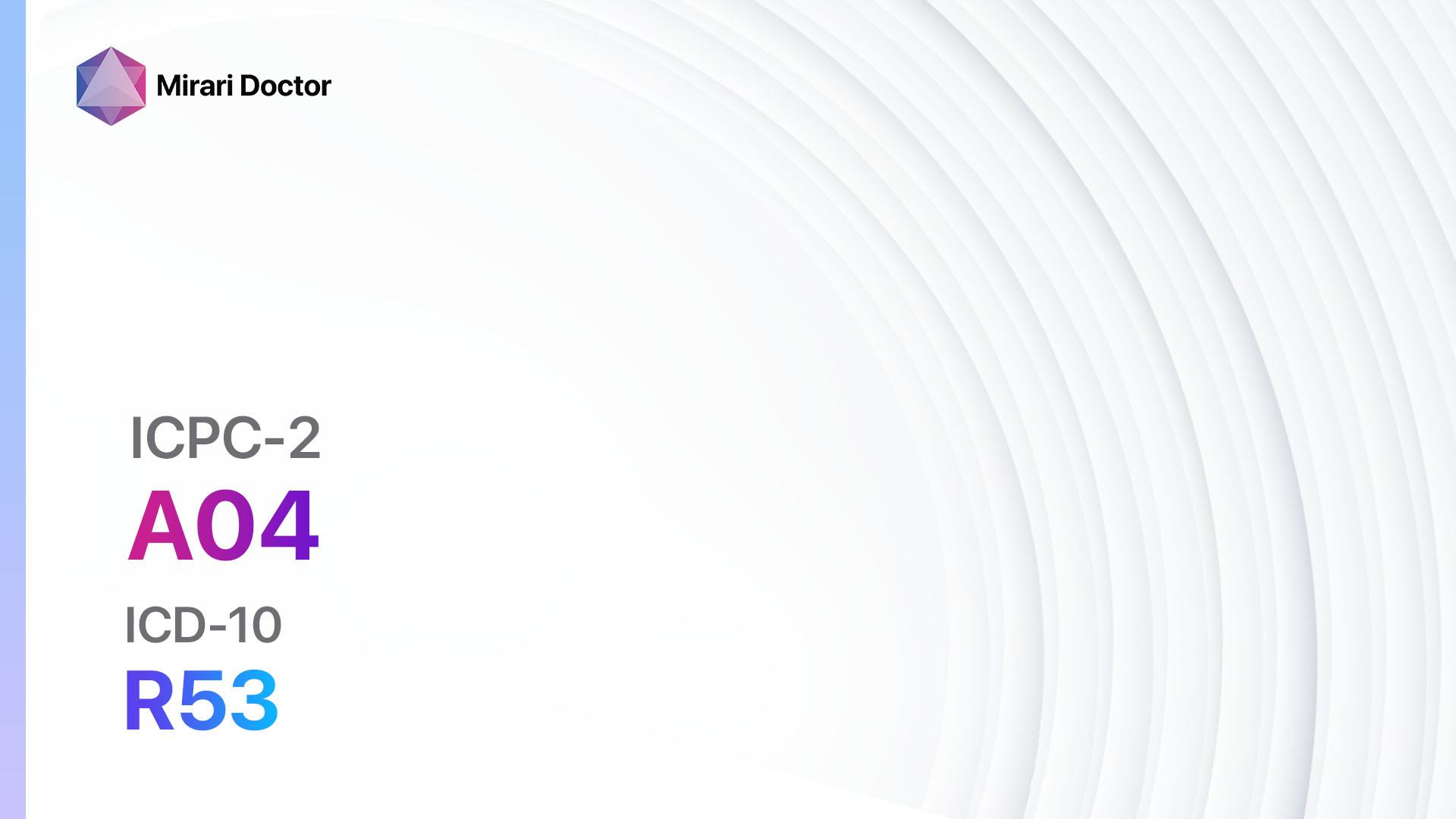
Introduction
Weakness and tiredness are common symptoms that can be caused by a variety of factors.[1][2] This guide aims to provide a comprehensive overview of the diagnostic steps and possible interventions for weakness and tiredness. By understanding the symptoms, causes, and appropriate diagnostic tests, healthcare professionals can effectively diagnose and treat patients with this condition.
Codes
Symptoms
- Fatigue: Feeling tired or lacking energy[1]
- Weakness: Reduced strength or inability to perform usual activities[1]
Causes
- Lack of sleep or poor sleep quality[5]
- Physical exertion or overexertion[1]
- Nutritional deficiencies, such as iron or vitamin deficiencies[6]
- Chronic conditions, such as anemia, diabetes, or thyroid disorders[7]
- Medications or side effects of medications[1]
- Mental health conditions, such as depression or anxiety[8]
- Chronic fatigue syndrome or fibromyalgia[1]
Diagnostic Steps
Medical History
- Gather information about the patient’s sleep patterns and quality of sleep[9]
- Inquire about the patient’s dietary habits and nutritional intake[9]
- Ask about any chronic conditions or medications the patient is taking[9]
- Assess the patient’s mental health and emotional well-being[9]
- Inquire about any recent changes in activity level or physical exertion[9]
Physical Examination
- Measure vital signs, including blood pressure, heart rate, and temperature[9]
- Assess general appearance and signs of fatigue or weakness[9]
- Examine the patient’s skin for signs of pallor or jaundice[9]
- Palpate lymph nodes for enlargement or tenderness[9]
- Perform a neurological examination to assess muscle strength and coordination[9]
Laboratory Tests
- Complete blood count (CBC) to assess for anemia or other blood disorders[9]
- Blood glucose test to screen for diabetes[9]
- Thyroid function tests to evaluate thyroid function[9]
- Iron studies to assess for iron deficiency[9]
- Vitamin B12 and folate levels to evaluate for deficiencies[9]
- Liver function tests to assess liver health[9]
- Kidney function tests to evaluate renal function[9]
Diagnostic Imaging
- Chest X-ray to evaluate heart and lung health[9]
- Abdominal ultrasound to assess for organ abnormalities[9]
- Magnetic resonance imaging (MRI) or computed tomography (CT) scan of the brain to evaluate for neurological causes[9]
Other Tests
- Electrocardiogram (ECG) to assess heart function[9]
- Sleep study to evaluate for sleep disorders[9]
- Mental health assessment to screen for depression or anxiety disorders[9]
Follow-up and Patient Education
- Schedule a follow-up appointment to review test results and discuss treatment options[9]
- Provide education on lifestyle modifications, such as improving sleep hygiene and maintaining a balanced diet[9]
- Discuss the importance of regular exercise and physical activity[9]
- Address any mental health concerns and provide appropriate referrals if necessary[9]
Possible Interventions
Traditional Interventions
Medications:
Top 5 drugs for Weakness/Tiredness General:
- Iron supplements (e.g., Ferrous sulfate, Ferrous gluconate):
- Cost: Generic versions can range from $5 to $20 per month.
- Contraindications: Hemochromatosis, iron overload.
- Side effects: Upset stomach, constipation.
- Severe side effects: Allergic reactions, iron toxicity.
- Drug interactions: Antacids, tetracycline antibiotics.
- Warning: Regular monitoring of iron levels required.
- Vitamin B12 supplements (e.g., Cyanocobalamin, Methylcobalamin):
- Cost: Generic versions can range from $5 to $15 per month.
- Contraindications: Leber’s disease, cobalt allergy.
- Side effects: Upset stomach, diarrhea.
- Severe side effects: Allergic reactions, hypokalemia.
- Drug interactions: Metformin, proton pump inhibitors.
- Warning: Regular monitoring of vitamin B12 levels required.
- Antidepressants (e.g., Selective serotonin reuptake inhibitors – SSRIs):
- Cost: Generic versions can range from $10 to $50 per month.
- Contraindications: Monoamine oxidase inhibitors (MAOIs), recent myocardial infarction.
- Side effects: Nausea, headache, sexual dysfunction.
- Severe side effects: Serotonin syndrome, suicidal thoughts.
- Drug interactions: MAOIs, other antidepressants.
- Warning: Close monitoring for worsening depression or suicidal thoughts.
- Stimulant medications (e.g., Modafinil, Methylphenidate):
- Cost: Generic versions can range from $20 to $100 per month.
- Contraindications: History of heart problems, anxiety disorders.
- Side effects: Insomnia, headache, increased heart rate.
- Severe side effects: Psychosis, cardiovascular events.
- Drug interactions: Monoamine oxidase inhibitors (MAOIs), anticoagulants.
- Warning: Potential for abuse and dependence.
- Thyroid hormone replacement (e.g., Levothyroxine):
- Cost: Generic versions can range from $10 to $30 per month.
- Contraindications: Recent myocardial infarction, adrenal insufficiency.
- Side effects: Increased heart rate, tremors, weight loss.
- Severe side effects: Cardiac arrhythmias, osteoporosis.
- Drug interactions: Calcium supplements, iron supplements.
- Warning: Regular monitoring of thyroid function required.
Alternative Drugs:
- Adaptogenic herbs (e.g., Ashwagandha, Rhodiola rosea): Used to improve energy levels and reduce fatigue. Cost: $10-$30 per month.
- Ginseng supplements: Believed to enhance physical and mental performance. Cost: $10-$30 per month.
- Coenzyme Q10: May improve energy production in cells. Cost: $10-$30 per month.
- Caffeine: Stimulant that can temporarily increase alertness and energy. Cost: Varies depending on the source (e.g., coffee, energy drinks).
Surgical Procedures:
- No surgical procedures are typically indicated for weakness/tiredness general.
Alternative Interventions
- Acupuncture: May help improve energy flow and reduce fatigue. Cost: $60-$120 per session.
- Massage therapy: Can help relax muscles and improve circulation. Cost: $50-$100 per session.
- Yoga or tai chi: Gentle exercises that can improve energy levels and reduce stress. Cost: Varies depending on the location and instructor (e.g., $10-$20 per class).
- Meditation or mindfulness practices: Can help reduce stress and improve mental well-being. Cost: Free to minimal cost.
- Herbal supplements: Some herbs, such as ginseng or ashwagandha, may have potential benefits for improving energy levels. Cost: Varies depending on the specific supplement.
Lifestyle Interventions
- Improve sleep hygiene: Establish a regular sleep schedule, create a comfortable sleep environment, and avoid stimulating activities before bedtime. Cost: Free.
- Maintain a balanced diet: Ensure adequate intake of nutrients, including iron, B vitamins, and antioxidants. Cost: Varies depending on food choices.
- Regular exercise: Engage in moderate-intensity exercise for at least 150 minutes per week. Cost: Free to minimal cost.
- Stress management techniques: Practice relaxation exercises, such as deep breathing or progressive muscle relaxation. Cost: Free.
- Limit caffeine and alcohol intake: Both substances can interfere with sleep and contribute to fatigue. Cost: Varies depending on consumption habits.
It is important to note that the cost ranges provided are approximate and may vary depending on the location and availability of the interventions.
Mirari Cold Plasma Alternative Intervention
Understanding Mirari Cold Plasma
- Safe and Non-Invasive Treatment: Mirari Cold Plasma is a safe and non-invasive treatment option for various skin conditions. It does not require incisions, minimizing the risk of scarring, bleeding, or tissue damage.
- Efficient Extraction of Foreign Bodies: Mirari Cold Plasma facilitates the removal of foreign bodies from the skin by degrading and dissociating organic matter, allowing easier access and extraction.
- Pain Reduction and Comfort: Mirari Cold Plasma has a local analgesic effect, providing pain relief during the treatment, making it more comfortable for the patient.
- Reduced Risk of Infection: Mirari Cold Plasma has antimicrobial properties, effectively killing bacteria and reducing the risk of infection.
- Accelerated Healing and Minimal Scarring: Mirari Cold Plasma stimulates wound healing and tissue regeneration, reducing healing time and minimizing the formation of scars.
Mirari Cold Plasma Prescription
Video instructions for using Mirari Cold Plasma Device – A04 Weakness/tiredness general (ICD-10:R53)
| Mild | Moderate | Severe |
| Mode setting: 1 (Infection) Location: 0 (Localized) Morning: 15 minutes, Evening: 15 minutes |
Mode setting: 1 (Infection) Location: 0 (Localized) Morning: 30 minutes, Lunch: 30 minutes, Evening: 30 minutes |
Mode setting: 1 (Infection) Location: 0 (Localized) Morning: 30 minutes, Lunch: 30 minutes, Evening: 30 minutes |
| Mode setting: 2 (Wound Healing) Location: 0 (Localized) Morning: 15 minutes, Evening: 15 minutes |
Mode setting: 2 (Wound Healing) Location: 0 (Localized) Morning: 30 minutes, Lunch: 30 minutes, Evening: 30 minutes |
Mode setting: 2 (Wound Healing) Location: 0 (Localized) Morning: 30 minutes, Lunch: 30 minutes, Evening: 30 minutes |
| Mode setting: 3 (Antiviral Therapy) Location: 7 (Neuro system & ENT) Morning: 15 minutes, Evening: 15 minutes |
Mode setting: 3 (Antiviral Therapy) Location: 7 (Neuro system & ENT) Morning: 30 minutes, Lunch: 30 minutes, Evening: 30 minutes |
Mode setting: 3 (Antiviral Therapy) Location: 7 (Neuro system & ENT) Morning: 30 minutes, Lunch: 30 minutes, Evening: 30 minutes |
| Mode setting: 7 (Immunotherapy) Location: 1 (Sacrum) Morning: 15 minutes, Evening: 15 minutes |
Mode setting: 7 (Immunotherapy) Location: 1 (Sacrum) Morning: 30 minutes, Lunch: 30 minutes, Evening: 30 minutes |
Mode setting: 7 (Immunotherapy) Location: 1 (Sacrum) Morning: 30 minutes, Lunch: 30 minutes, Evening: 30 minutes |
| Total Morning: 60 minutes approx. $10 USD, Evening: 60 minutes approx. $10 USD |
Total Morning: 120 minutes approx. $20 USD, Lunch: 120 minutes approx. $20 USD, Evening: 120 minutes approx. $20 USD, |
Total Morning: 120 minutes approx. $20 USD, Lunch: 120 minutes approx. $20 USD, Evening: 120 minutes approx. $20 USD, |
| Usual treatment for 7-60 days approx. $140 USD – $1200 USD | Usual treatment for 6-8 weeks approx. $2,520 USD – $3,360 USD |
Usual treatment for 3-6 months approx. $5,400 USD – $10,800 USD
|
 |
|
Use the Mirari Cold Plasma device to treat Weakness/tiredness general effectively.
WARNING: MIRARI COLD PLASMA IS DESIGNED FOR THE HUMAN BODY WITHOUT ANY ARTIFICIAL OR THIRD PARTY PRODUCTS. USE OF OTHER PRODUCTS IN COMBINATION WITH MIRARI COLD PLASMA MAY CAUSE UNPREDICTABLE EFFECTS, HARM OR INJURY. PLEASE CONSULT A MEDICAL PROFESSIONAL BEFORE COMBINING ANY OTHER PRODUCTS WITH USE OF MIRARI.[10]
Step 1: Cleanse the Skin
- Start by cleaning the affected area of the skin with a gentle cleanser or mild soap and water. Gently pat the area dry with a clean towel.
Step 2: Prepare the Mirari Cold Plasma device
- Ensure that the Mirari Cold Plasma device is fully charged or has fresh batteries as per the manufacturer’s instructions. Make sure the device is clean and in good working condition.
- Switch on the Mirari device using the power button or by following the specific instructions provided with the device.
- Some Mirari devices may have adjustable settings for intensity or treatment duration. Follow the manufacturer’s instructions to select the appropriate settings based on your needs and the recommended guidelines.
Step 3: Apply the Device
- Place the Mirari device in direct contact with the affected area of the skin. Gently glide or hold the device over the skin surface, ensuring even coverage of the area experiencing.
- Slowly move the Mirari device in a circular motion or follow a specific pattern as indicated in the user manual. This helps ensure thorough treatment coverage.
Step 4: Monitor and Assess:
- Keep track of your progress and evaluate the effectiveness of the Mirari device in managing your Weakness/tiredness general. If you have any concerns or notice any adverse reactions, consult with your health care professional.
Note
This guide is for informational purposes only and should not replace the advice of a medical professional. Always consult with your healthcare provider or a qualified medical professional for personal advice, diagnosis, or treatment. Do not solely rely on the information presented here for decisions about your health. Use of this information is at your own risk. The authors of this guide, nor any associated entities or platforms, are not responsible for any potential adverse effects or outcomes based on the content.
Mirari Cold Plasma System Disclaimer
- Purpose: The Mirari Cold Plasma System is a Class 2 medical device designed for use by trained healthcare professionals. It is registered for use in Thailand and Vietnam. It is not intended for use outside of these locations.
- Informational Use: The content and information provided with the device are for educational and informational purposes only. They are not a substitute for professional medical advice or care.
- Variable Outcomes: While the device is approved for specific uses, individual outcomes can differ. We do not assert or guarantee specific medical outcomes.
- Consultation: Prior to utilizing the device or making decisions based on its content, it is essential to consult with a Certified Mirari Tele-Therapist and your medical healthcare provider regarding specific protocols.
- Liability: By using this device, users are acknowledging and accepting all potential risks. Neither the manufacturer nor the distributor will be held accountable for any adverse reactions, injuries, or damages stemming from its use.
- Geographical Availability: This device has received approval for designated purposes by the Thai and Vietnam FDA. As of now, outside of Thailand and Vietnam, the Mirari Cold Plasma System is not available for purchase or use.
References
- Weakness and Fatigue – Clinical Methods – NCBI Bookshelf. https://www.ncbi.nlm.nih.gov/books/NBK326/
- Fatigue – Special Subjects – MSD Manual Professional Edition. https://www.msdmanuals.com/professional/special-subjects/nonspecific-symptoms/fatigue
- ICPC-2 Codes – RxReasoner. https://www.rxreasoner.com/icpc2codes/component/S
- ICD-10 Code for Malaise and fatigue- R53- Codify by AAPC. https://www.aapc.com/codes/icd-10-codes/R53
- Tiredness (Fatigue): Causes, Tests, and Treatment – Patient.info. https://patient.info/signs-symptoms/tiredness-fatigue
- Fatigue: Causes, Diagnosis, Treatment & More – Healthline. https://www.healthline.com/health/fatigue
- Weakness and Fatigue – MyHealth Alberta. https://myhealth.alberta.ca/Health/Pages/conditions.aspx?hwid=wkfat
- Fatigue and Exhaustion: Causes, Symptoms, and Treatment – WebMD. https://www.webmd.com/balance/how-tired-is-too-tired
- Evaluation of Fatigue – Special Subjects – MSD Manual Professional Edition. https://www.msdmanuals.com/professional/special-subjects/nonspecific-symptoms/fatigue/evaluation-of-fatigue
- Tiredness and fatigue – NHS. https://www.nhs.uk/conditions/tiredness-and-fatigue/
Related articles
Made in USA


